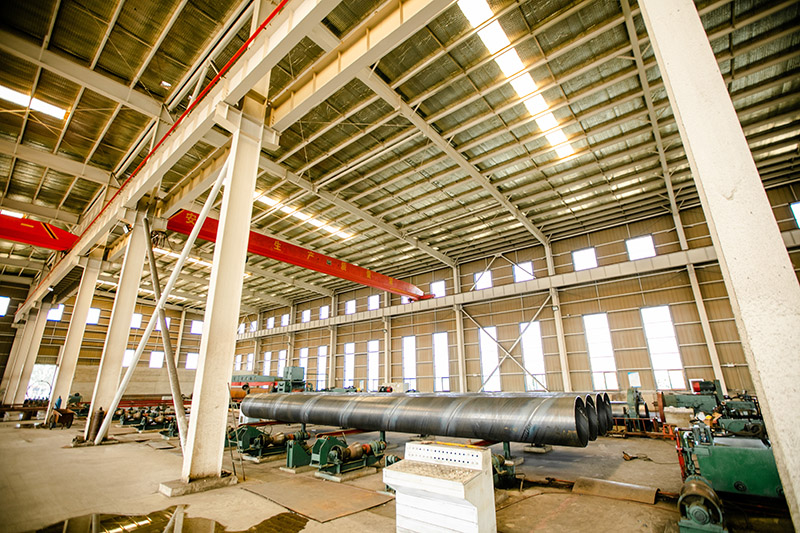Introduce:
In the world of steel pipe manufacturing, a variety of methods exist to manufacture pipes that meet various industrial and commercial requirements. Among them, the three most prominent ones are cold-formed welded structural pipes, double-layer submerged arc welded pipes and spiral seam welded pipes. Each method has unique advantages and disadvantages that must be considered when selecting the ideal plumbing solution for a specific project. In this blog, we’ll delve into the details of these three pipe manufacturing technologies, focusing on their characteristics and applications.
1. Cold-formed welded structural pipe:
Cold formed welded structural pipe, often abbreviated as CFWSP, is made by cold forming steel plate or strip into a cylindrical shape and then welding the edges together. CFWSP is known for its low cost, high dimensional accuracy and wide range of size options. This type of pipe is commonly used in structural applications such as the construction of industrial buildings, bridges, and infrastructure.
2. Double-sided submerged arc welded pipe:
Double submerged arc welded pipe, referred to as DSAW, is a pipe formed by feeding steel plates through two arcs at the same time. The welding process involves applying flux to the weld area to protect the molten metal, resulting in a more durable and corrosion-resistant joint. DSAW pipe’s exceptional strength, excellent uniformity and high resistance to external factors make it ideal for transporting oil, gas and water in large infrastructure projects.
3. Spiral seam welded pipe:
Spiral seam welded pipe, also known as SSAW (spiral submerged arc welded) pipe, is made by rolling hot-rolled steel strip into a spiral shape and welding the edges using a submerged arc welding process. This approach allows greater flexibility in pipe diameter and wall thickness. Spiral submerged arc welded pipes have excellent bending and load-bearing capabilities and are widely used in fluid transportation such as oil and natural gas, suitable for long-distance pipelines and offshore applications.
In conclusion:
The selection of cold-formed welded structural pipes, double-layer submerged arc welded pipes, and spiral seam welded pipes depends on the specific needs and requirements of the project. Cold-formed welded structural tubes are favored in structural applications because of their cost-effectiveness and dimensional accuracy. Double submerged arc welded pipe excels in the transportation of oil, natural gas and water due to its superior strength and elasticity. Finally, spiral seam welded pipe has excellent bending and load-bearing capabilities, making it a viable option for long-distance pipelines and offshore projects. In order to make an informed decision, it is important to consider factors such as cost, strength, corrosion resistance and project specifications. By carefully evaluating these parameters, engineers and project managers can select the pipe manufacturing technology that best suits their project goals.
Post time: Nov-14-2023

